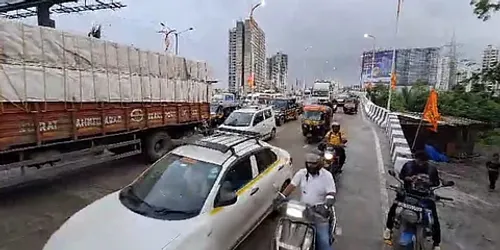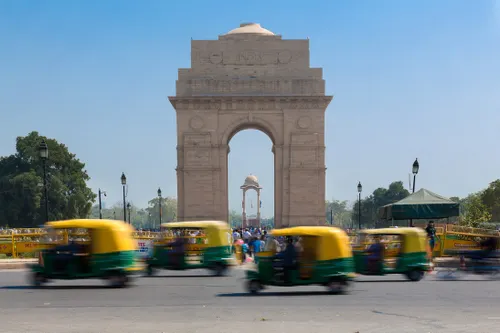
A view of the bridge across Sharavati backwaters in Sagar taluk of Shivamogga district in Karnataka. The bridge will help people in Karuru and Barangi hoblis in Sagar taluk.
| Photo Credit: Special Arrangement
Shivamogga
Residents of Karuru and Barangi hoblis in Sagar taluk of Shivamogga district in Karnataka have reason to cheer. Their long-pending demand for a bridge across the Sharavati backwaters — dating back to the 1960s — is about to be fulfilled. A cable-stayed bridge is in the final stages of construction and is expected to be inaugurated during the coming monsoon.
Link to Sigandur
The bridge connecting Ambaragodlu and Kalasavalli villages is expected to significantly reduce the distance from Sagar to the villages around Sigandur, a place known for the Chowdeshwari temple. Thousands of people from different parts of Karnataka visit Sigandur every year.
All these years, residents of the island spread over the hoblis have had to either travel a long distance by road or cross the Sharavati backwaters on ferries to reach the taluk headquarters – Sagar. The ferries do not operate after evening. The villagers found it difficult to reach hospitals during an emergency.
The bridge connecting Ambaragodlu and Kalasavalli villages is expected to significantly reduce the distance from Sagar to the villages around Sigandur, a place known for the Chowdeshwari temple. Thousands of people from different parts of Karnataka visit Sigandur every year.
| Photo Credit:
Special Arrangement
The extra-dosed stay cable segment bridge is 2,140 metres long, the carriageway is 11 metres wide and accommodates two lanes. There is a 1.5-metre-wide footpath on both sides. The total cost of the project was ₹456.67 crore. The Ministry of Road Transport and Highways has named it National Highway 369E.
| Photo Credit:
SPECIAL ARRANGEMENT
The villages lost road connectivity with Sagar and other places following construction of Linganmakki dam in the 1960s. Hundreds of families were displaced, and vast tracts of land were submerged in the backwater. Since then, the people have been demanding a bridge.
The extra-dosed stay cable segment bridge is 2,140 metres long, the carriageway is 11 metres wide and accommodates two lanes. There is a 1.5-metre-wide footpath on both sides. The total cost of the project was ₹456.67 crore. The Ministry of Road Transport and Highways has named it National Highway 369E.
Shivamogga Lok Sabha member B.Y. Raghavendra told The Hindu that the project was in the final stages and would be opened to the public in the coming rainy season. “During my recent meeting with Prime Minister Narendra Modi, I requested him to inaugurate the project. He has invited Minister for Road Transport Nitin Gadkari as well. The contractor has time till the end of August to complete the project. A team of senior officers inspected the project. As the cost of the project is above ₹100 crore, the PMO has to be informed about the status, which has been done,” he said.
Mr. Gadkari had laid the foundation stone for the project in February 2018
Ferries to be retained
Mr. Raghavendra wishes to retain the ferries operated by the Inland Water Transport Department. “The ferries are a special attraction for tourists. Those visiting the Sigandur temple wish to cross the backwaters by ferry. They may send their vehicles by road and cross the backwater by the ferry. We will manage to get new ferries, as those operating at present are quite old,” he added.
A barge ferrying pilgrims and their vehicles on Sharavati river backwaters to Sigandur in Shivamogga district.
| Photo Credit:
VAIDYA
Senior Congress leader and former minister Kagodu Thimmappa visited the construction site earlier this week and expressed happiness on completion of the bridge. He thanked Mr. Gadkari for sanctioning the project, and said that it would help people who had been suffering for decades.
Published – May 03, 2025 04:24 pm IST
Anurag Dhole is a seasoned journalist and content writer with a passion for delivering timely, accurate, and engaging stories. With over 8 years of experience in digital media, she covers a wide range of topics—from breaking news and politics to business insights and cultural trends. Jane's writing style blends clarity with depth, aiming to inform and inspire readers in a fast-paced media landscape. When she’s not chasing stories, she’s likely reading investigative features or exploring local cafés for her next writing spot.





